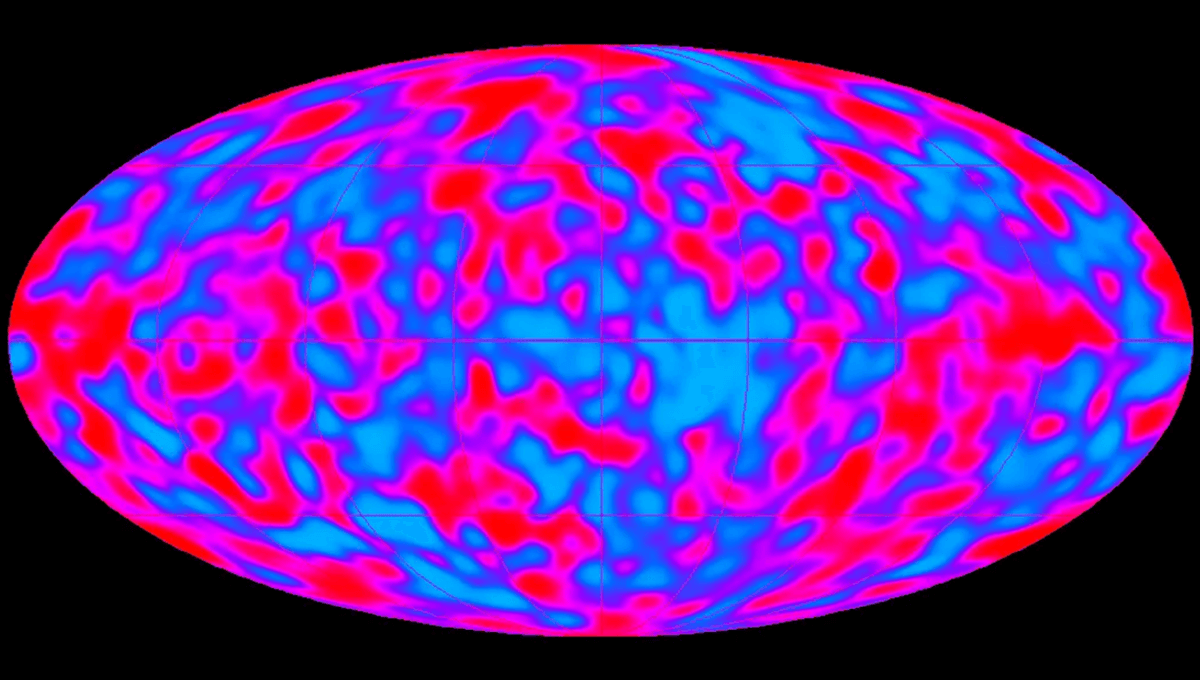
George Smoot, who won a Nobel Prize in Physics for his role in the “discovery of the blackbody form and anisotropy of the cosmic microwave background radiation” in 2006, has died at home at the age of 80.
Certain discoveries in science feel like they have been known about for a lot longer than they have. For instance, galaxies other than the Milky Way were only found for the first time in 1923, while the theory of plate tectonics only became widely accepted in the 1950s. Then there’s the Big Bang, another area where concept and confirmation came much later than you might expect, being proposed by Belgian priest and cosmologist Georges Lemaître in 1927, and given a huge boost in evidence with the discovery of the cosmic microwave background (CMB) in 1964.
In 1964, physicist Arno Allan Penzias and radio astronomer Robert Woodrow Wilson picked up a persistent hum in their radio telescope readings. The noise seemed to be there, no matter what direction they pointed the telescope in the sky. At first, the two believed it was coming from the telescope itself, urban interference, or possibly even pigeons living within the telescope’s antenna. However, after removing the pigeons and ruling out all other forms of possible terrestrial interference, the noise remained.
In fact, the noise had been heard by other astronomers, though they had dismissed it as meaningless interference. The reason it could be heard by teams on multiple telescopes and in all different directions was because that irritating noise was in fact the cosmic microwave background (CMB) – the leftover radiation from the Big Bang that is faintly detectable and permeates all of the known universe. Penzias and Wilson realized what they were looking at, and that it was evidence for the Big Bang theory, and won the Nobel Prize in Physics for their work.
While discovery was cool, and certainly worthy of a Nobel Prize, it isn’t as awesome as a map. The CMB has uses far beyond flagging up that the Big Bang happened, and studying it can provide clues to the universe’s age and size, its expansion, and the state of that early epoch.
But in order to study its detail, you need to see its detail. Here is where Smoot made the contributions that earned him his share of the Nobel Prize, with collaborator John Mather.
Smoot worked on NASA’s Cosmic Background Explorer (COBE) satellite, which was first launched into Earth orbit in 1989. Prior to the launch of the satellite, physicists had predicted what the CMB should look like, and the small variations in temperature that should be present within it. COBE provided the first precise measurements of the background, confirming what we knew as well as presenting us with new mysteries.
“COBE showed that the radiation’s spectrum agrees exactly with predictions based on the Big Bang theory,” NASA explains. “COBE’s map of slight hot and cold spots within this background let scientists glimpse the roots of cosmic structure we see around us today. In essence, COBE produced the first ‘baby picture’ of the universe.”
Smoot and Mather were honored for their role in this achievement.
“George Smoot was in charge of the instruments that were searching for very small variations – about one per 100,000 – in the temperature of the background radiation in various directions,” Professor Per Carlson said during the award ceremony.
“These variations would provide the seeds of the structures, in the shape of stars and galaxies, that evolved from the original hot, uniform soup. After collecting data for several years, it was possible to show that the small variations sought for really existed. The first step towards understanding the development of structures in the Universe had been taken.”
Smoot was aware of the impact this work might have on our understanding of the universe, and the cultural impact beyond that, as science moves into explaining the origins of our cosmos.
“[COBE is] kicking off a phase where we are actually starting to have a scientific explanation of how the universe was being created and developed which replace the myths that are that every tribe and every country has [with] a sort of a global story about how the universe came into being,” he said during the ceremony, adding that this could be a “unifying thing for all humanity”.
Following his retirement from work at NASA, he continued to give lectures on cosmology.
“Prof Smoot was fascinated by a broad range of subjects, but eventually focused on physics, not only because it fitted his skills but also his temperament to understand things at a deep, fundamental level,” his website explains, adding that later he readjusted his time to “focus to taking basic physics discoveries and understanding and applying them so as to make peoples’ lives better through innovations and products, particularly in the fields of air quality and medicine. He sees his role to inspire and encourage smart young people, to set them off on the path to discovery.”
Smoot died at his home in Paris of a heart attack, per the Washington Post. He left humanity with a better understanding of the universe, and our place within it.
Source Link: Nobel Prize-Winning Physicist George Smoot, Who Made The First "Baby Pictures" Of The Universe, Dies Aged 80